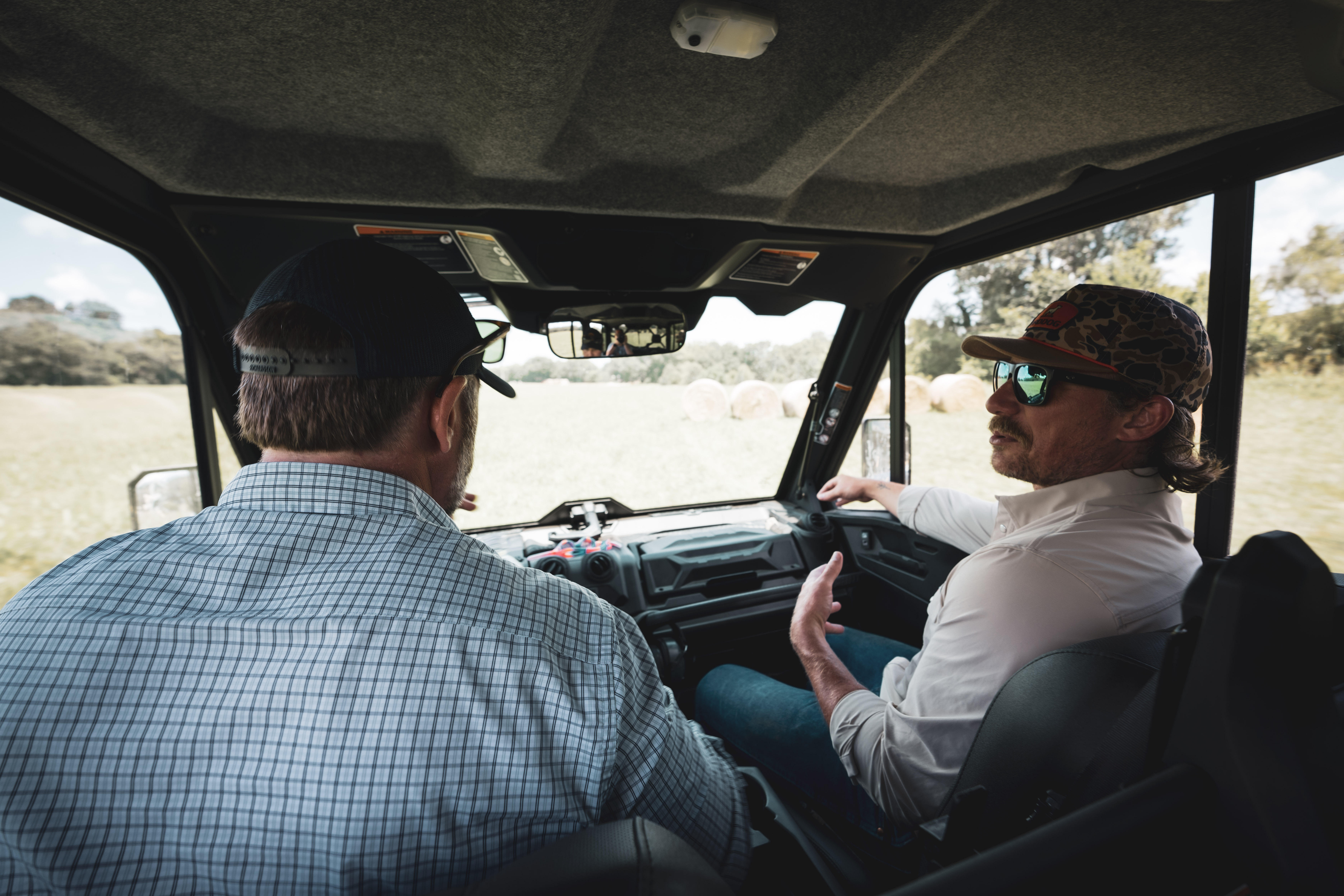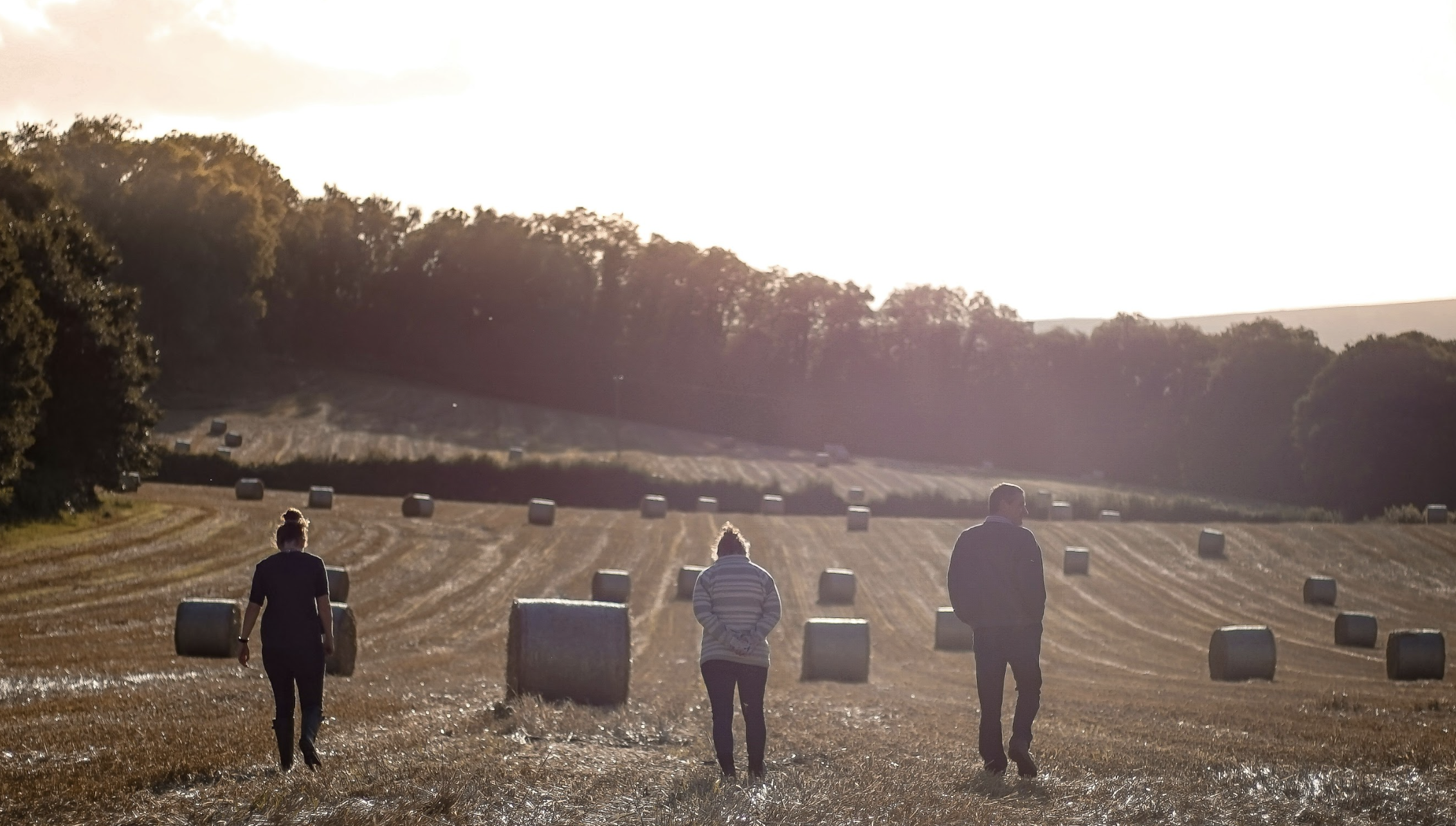ECAP Unleashed: How BirdDog Turns $10 Billion into Your Farm’s Future
What Is ECAP—and Why It Matters

ECAP: A $10 Billion Lifeline for Farmers—and How BirdDog Can Help You Cash In
America’s farmers are the backbone of our nation, but rising input costs and unpredictable commodity prices have made every acre a battlefield. Enter the USDA’s Emergency Commodity Assistance Program (ECAP)—a $10 billion initiative launched to deliver direct financial relief to agricultural producers like you. With applications open from March 19, 2024, to August 15, 2025, ECAP offers a critical lifeline, and BirdDog is here to ensure you don’t miss out—or stop there. Here’s what you need to know and how we can turn this opportunity into lasting success for your farm.
What Is ECAP—and Why It Matters
ECAP is a one-time economic assistance program designed to ease the strain on farmers facing tough market conditions. Payments range from $10 to $60 per eligible acre, depending on the crop—think wheat, corn, barley, oats, and more. Most producers can claim up to $125,000, while those earning at least 75% of their income from farming qualify for up to $250,000. Unlike other aid programs tied to production or revenue, ECAP keeps it simple: your payout is based solely on reported acreage, with even unplanted acres eligible for 50% coverage. It’s real money to offset losses and keep your operation running.
But here’s the catch: every unused acre or missed deadline is cash left on the table. With costs climbing and markets shifting, optimizing your land’s potential has never been more urgent. That’s where BirdDog steps in.

How BirdDog Helps You Maximize ECAP
At BirdDog, we’re more than a platform—we’re your partner in navigating opportunities like ECAP and beyond. Our easy-to-use hub connects landowners with the tools, strategies, and resources to boost profitability and secure your legacy. Here’s how we can help you make the most of ECAP:
- Streamline Your Application:
Applying for ECAP can feel like a paper chase—FSA-578 acreage reports, CCC-576 loss notices, and a stack of forms like AD-2047 and CCC-902. BirdDog’s platform organizes it all in one place. Log your acreage, track required docs, and generate reports to submit by August 15, 2025—whether it’s in-person at your FSA office, via fax, or online at login.gov. We’ll even remind you to double-check pre-filled applications mailed by the USDA for accuracy. - Unlock Every Eligible Acre:
ECAP pays per reported acre, including 50% of land you couldn’t plant due to weather or market woes. BirdDog helps you document every inch—planted or not—so you claim the max payout. Missed reporting your 2024 crop year? We’ll guide you to file that FSA-578 fast and get in the game. - Boost Your Bottom Line Beyond ECAP:
A one-time payment is a start, but BirdDog takes you further. Pair ECAP funds with tax optimization—like Section 180 deductions for fertilizer or lime—to cut costs and reinvest in your land. Lease unused acres for hunting or fishing through our network, turning idle ground into steady income. Our expertise ensures you’re not just surviving but thriving. - Plan for the Long Haul:
ECAP’s $10 billion is a lifeline, but sustainability is the goal. BirdDog’s dashboard tracks expenses, forecasts revenue, and connects you to government programs and best practices. Whether you’re a cattle rancher needing better pastures or a crop farmer eyeing conservation incentives, we help you build a strategy that lasts.
ECAP Basics: How to Qualify and Apply
To grab your share of ECAP, you need to:
- Be actively farming with 2024 acreage reported via FSA-578.
- File a CCC-576 Notice of Loss for unplanted acres.
- Submit by August 15, 2025—options include pre-filled forms (check your mail!), FSA offices, or secure online portals (Box, OneSpan, login.gov).
- Have key forms on file: AD-2047, CCC-901, CCC-902, CCC-943, AD-1026, and SF-3881. (Already an FSA user? You’re likely set—just confirm.)
Payments hinge on income: under 75% from farming caps you at $125,000; 75% or more unlocks up to $250,000, verified by 2020-2022 tax filings. Visit USDA ECAP Program for full details.
Why BirdDog Matters Now
ECAP is a once-in-a-generation chance to stabilize your farm, but it’s just the beginning. Rising costs—fertilizer up 30%, fuel spiking—mean every dollar counts. BirdDog transforms temporary relief into long-term wins. Imagine using ECAP cash to seed a new pasture, then deducting the cost with Section 180—all tracked effortlessly on our platform. Or leasing a back 40 for turkey hunts, adding revenue while conserving your land. That’s conservation capitalism—profit and preservation, side by side.
Don’t Wait—Act Now
With $10 billion on the line and a deadline of August 15, 2025, now’s the time to act. BirdDog’s got your back—helping you claim ECAP, cut taxes, and turn your land into a powerhouse of value. Sign up today at BirdDogIt.com and let’s build your farm’s future together. Your land, your livelihood, your legacy—maximized with BirdDog.
Read More...

If you’ve ever spent much time around farmers or landowners, you know the land carries a story. For John King, a landowner in Tennessee, that story runs deep. He even proposed to his wife on his property — the same land where he now raises hay, enjoys the wildlife, and hosts big dove hunts every opening weekend in the fall.

Meghan Brodnax never planned to run a 10,000-square-foot luxury lodge. “I was just trying to get out of my refinery job,” she says. But when her husband, Capt. Storm, kept hearing clients ask for more than just fishing — lodging, meals, the full experience — Meghan jumped in.She left her 9–5, launched La Pesca, and for three years, hosted guests in a patchwork of Airbnbs. “We realized we were paying out so much money,” she says. “That’s when we thought — let’s buy our own place.”




